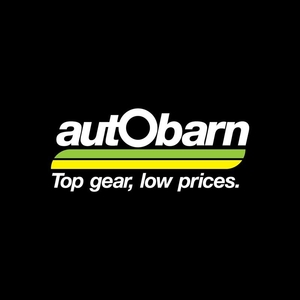Penrite Pro EGR & Catalytic Converter Cleaner
Penrite Pro Series EGR & Catalytic Converter Cleaner is a new generation, low volatility, professional automotive fuel additive that effectively cleans and prevents build-up of deposits from blocking emission control devices such as catalytic converters and exhaust gas recirculation (EGR) systems. Containing non-flammable ingredients that will pass through to the exhaust cycle and clean these components, Penrite Pro EGR & Catalytic Converter Cleaner is the safe and effective way to keep your engine running strongly and maintaining fuel economy.
Repco's range of fuel additives cover a number of options to ensure your car performs to its potential and provides long term benefits as you clock up the kilometres. Products such as octane booster and fuel injector cleaner are both worthwhile additions to any tank of fuel while many of the fuel stabiliser products can help with providing longer term protection for your vehicle. We have the range and quality brands to make sure you get the right additive for your application at a great price.
Caring for your cars performance and helping to keep those substantial fuel bills down are just 2 areas where running a quality additive through your fuel system will pay dividends in both the short and long terms. As we fill up our cars weekly with fuel we give minimal thought to the long term build up of deposits and harmful contaminants in the fuel injectors and other critical parts of the fuel system. This is where a quality fuel additive or injector cleaner can help restore that lost power and assist in smoother engine idling and power delivery. Both new and old vehicles can benefit from regular doses of these additives and with the modern science providing real world examples of the effectiveness of these it pays to keep a bottle or 2 handy for ongoing top ups.





You can clean both of these properly by removing them. These additives may work for minor problems though.